Epic Games intended to make "Fortnite Battle Royale for iPhone and iPad as close to the version played on other platforms. In its invitation-only initial release, the large-scale multiplayer game hasn't lost its charm in its transition to the small screen from the console, Mac, and PC versions.
"Fortnite" was originally developed as a co-op sandbox survival game that based itself around the concept of fort construction. Set in a world ravaged by a storm that causes most of the world's population to disappear, players work together to collect resources to build defensive structures to defend themselves from the meteorological phenomena and waves of attacking creatures.
While the game had some traction, the popularity of Fortnite skyrocketed when Epic implemented its Battle Royale mode, effectively mimicking the core gameplay of another successful game called "PlayerUnknown's Battlegrounds" (known as PUBG). Helping "Fortnite" gain popularity was Epic's decision to make the Battle Royale mode free to play, giving players interested in PUBG a very similar game to play, but without having to pay anything upfront.
Now, Battle Royale's player base has grown to a size that the competitive multiplayer element practically exists separately to the original game.
The main gameplay of Battle Royale mode can be boiled down to a 100-player single-elimination deathmatch across a vast island map, with the last standing player winning the game. Other modes are available that allow players to team up in pairs or in a squad of four, working together to keep each other alive while at the same time taking out the opposition, with ultimately the same goal.
All players start in a floating bus that flies across the map, and must skydive and glide down to their desired starting location as quickly as possible. No resources or weapons are provided at the start, except for a pickaxe that can be used to collect resources and as a melee weapon, forcing participants to search buildings and the surrounding environment for weapons and other useful items.
At set intervals, the storm will slowly encroach onto the playing area, gradually moving in towards a randomly placed circle on the map, then stops before the cycle begins. Players standing in the storm are penalized by having their health slowly draining away, encouraging them to keep moving to the map's smaller circle to stay safe.
As the circle shrinks over time, this also makes the playing area smaller and helps drive players closer together, forcing battles to take place with less space to move around and even less cover. Up until now, this description practically covers both "Fortnite" and "PUBG," but Epic's game departs from its rival in a few ways, with the primary difference being the use of a building mechanic.
Carried over from the co-operative player vs environment mode, players can use their resources to place walls, flat floors, ceilings, and ramps on the map. The resources are collected by using the supplied pickaxe to destroy buildings, trees, and other objects in the game to produce the raw materials, which can be placed in the building mode.
The panels can be used to construct single walls as cover if nothing else is available, and ramps and floors to reach higher ground or to traverse hard to navigate areas. Some players also opt to build towers that make it easier to observe opponents in the distance, making it easier to snipe others, though the deformable nature of these temporary structures means they can be destroyed by determined players with enough firepower.
There are three distinct phases of gameplay that players experience, depending on how many people are left. At the start, it is a mad rush of searching for a better weapon, to get a few building resources, and to either quickly take out other players or to get away from more populated areas to avoid being taken out early in the game.
When the player count halves, the rush of the first phase slows down, with players moving with purpose towards the latest safe area on the map, watching out for their opponents while trying to acquire as many resources as possible for later use. As the remaining players get close to single figures, it becomes a more tense game as survivors construct and reconstruct their forts for protection and to gain an advantage over any stragglers.
As a game where the vast majority of players will lose, failure doesn't sting as much as it would if a player is defeated in a game with fewer participants. Knowing that there's an almost certain chance of losing, dying within a minute of the game starting doesn't seem that bad, especially as players can quickly enter the fray shortly after returning to the main menu.
An early death can also be entertaining without starting afresh straight away, as the game automatically puts dead players into a spectator view, following another player who is still alive, or in the case of team-based matches, another member of the squad. Sometimes the view is of the player who just killed ended the player's game, showing how much further into the round they managed to get, and potentially teaching newcomers later-stage tricks to lengthen their survival time.
It would be expected that the port of the game to iPhone and iPad would cause Epic to make changes to the gameplay to better work with the smaller screen. If you ignore the onscreen interface, the game is practically identical to how the version experienced on a computer or a game console plays.
The same 100-player matches on one giant map appear on the iOS version, with seemingly no compromise to simplify or alter the game for phones and tablets. The storm, the resource collection and construction, and the combat is retained, and though the graphical appearance is marginally toned down a bit, the stylized cartoony appearance of the game hides this slight shortfall quite well.
The transition in platform also required a change in how players interact with the game, exchanging the keyboard and mouse or controller for onscreen controls. Movement is treated by a virtual joystick in the far left corner, with a similar space on the right available for dragging the screen to aim, but the need to tap the screen with the right thumb to fire means it is extremely difficult to track a moving target and successfully hit it.
The crouch and jump controls are higher up the screen, and the weapon and item inventory fills the space between the two thumb areas. Playing on the iPad Pro, while the inventory is low enough to the bottom of the screen, a small upward swipe can bring up iOS' small tab that warns a second similar swipe could bring up Control Center or the Dock, but the tab is small enough not to get in the way of selecting items.
Similar to the other versions, a button takes players from combat to build mode, replacing the inventory with a list of items that can be constructed, a list of acquired resources, and basic editing and placement controls. This is probably on a par with other platforms in terms of ease of use, with the button to switch back near enough to the right thumb in case of an unwelcome guest on the construction site.
While the touch-based controls are, as expected, not as good to play the game compared to a physical controller, this also has implications when taking into account Epic's inclusion of cross-platform play. It is possible for players of the iOS version to play in the same game session as those on other platforms, so players do not need to be using the same type of device if they want to play with friends.
Though this potentially gives the mobile-based player a disadvantage purely from having a different control scheme, those playing on their own won't be immediately thrown in to play against PC or console-based opponents. Epic has restricted iOS players to games against other mobile players, with the cross-platform element only a factor when a player pairs up with a friend using a different platform.
The perceived control disadvantage may be less of an issue in the future, as Epic has plans to add support for Bluetooth controllers in a future update, allowing physical controllers to once more be used.
Another important element of the game, its audio, has also been tweaked for mobile play, with the lack of directional audio found elsewhere replaced by a circular indicator advising where sounds are coming from. Voice chat with other squad members also isn't included, but is planned to be supported at a later time.
Mobile players will also miss out on the "Save the World" co-operative mode, with Epic claiming it uses more memory and processing power than Battle Royale, making it hard to bring over to mobile devices.
As a free-to-play game, it is notable that the items in the in-game store only provide cosmetic changes to the player's avatar, granting no competitive advantage at all. The purchasable Battle Pass also provides benefits to players leveling up over time, but again doing so yields bonuses that do not affect the main gameplay at all. There is no "pay-to-win" at play here.
"Fortnite Battle Royale" for iOS is a good, if challenging, game for those wanting to dip their toe into the competitive survival genre. Experienced players on other platforms will like the ability to continue their progress while away from their computer or console, and will probably enjoy it even more as a viable alternative to their initial chosen platform when Bluetooth controller support arrives in the future.
Score 4.5 out of 5
Epic has made "Fortnite Battle Royale" an invitation-only game at launch, with access acquired through a sign-up list when more servers are rolled out, or through friend invitations. While the 2-gigabyte game can be downloaded from the App Store, the invite is required to access Epic's account system.
"Fortnite Battle Royale" requires an Internet connection and iOS 11 to play, and is playable on an iPhone 6S, iPhone SE, iPad Mini 4, iPad Pro, iPad Air 2, iPad 2017, and later devices.
 Malcolm Owen
Malcolm Owen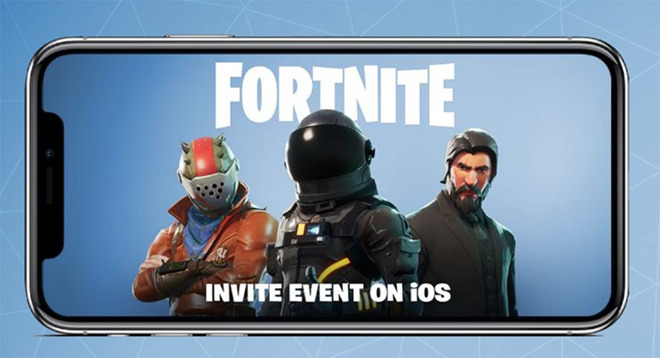
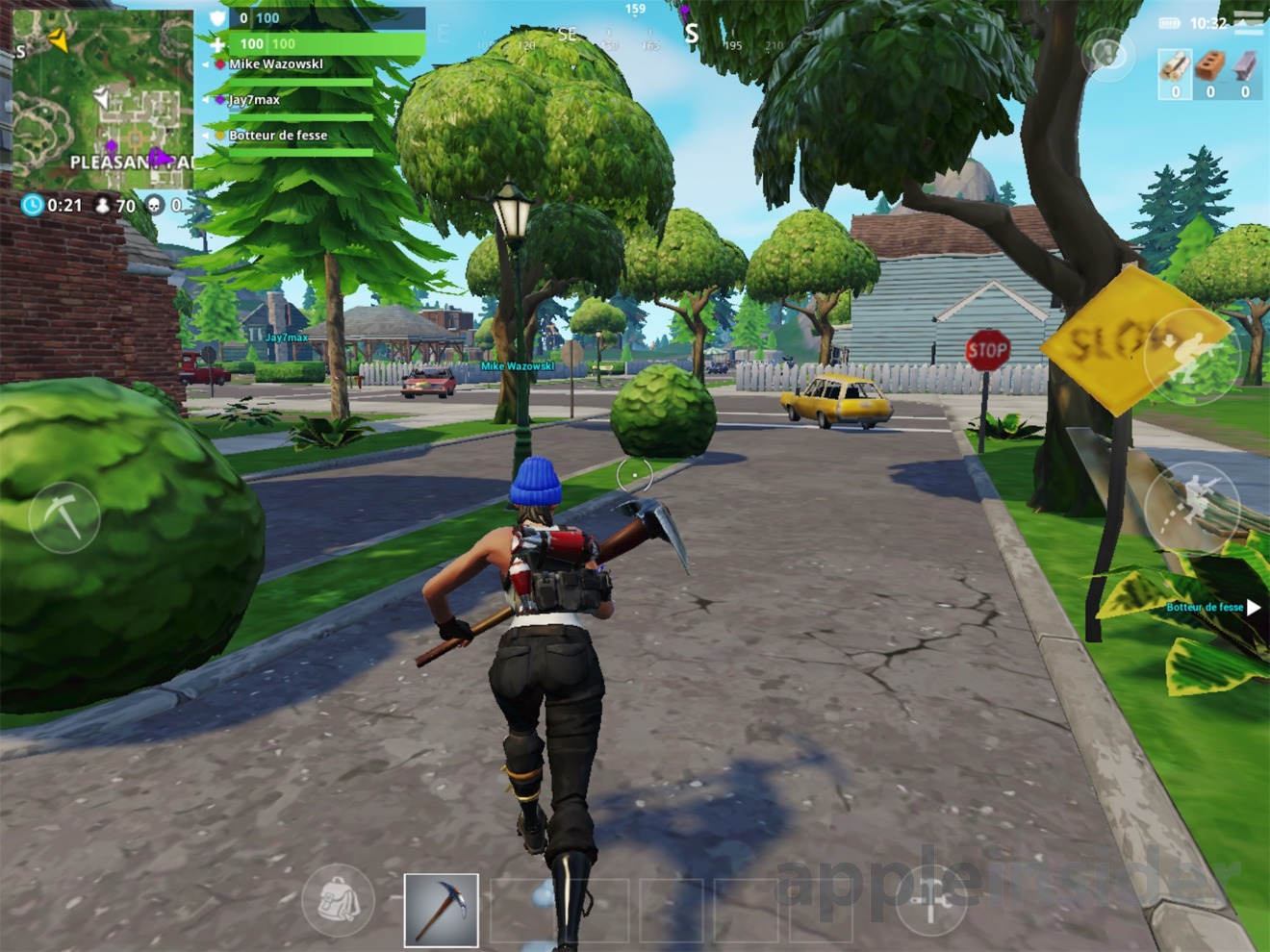

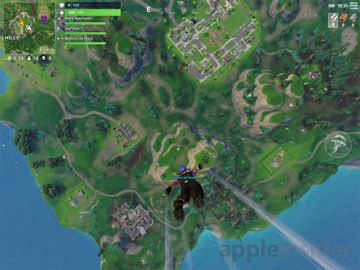

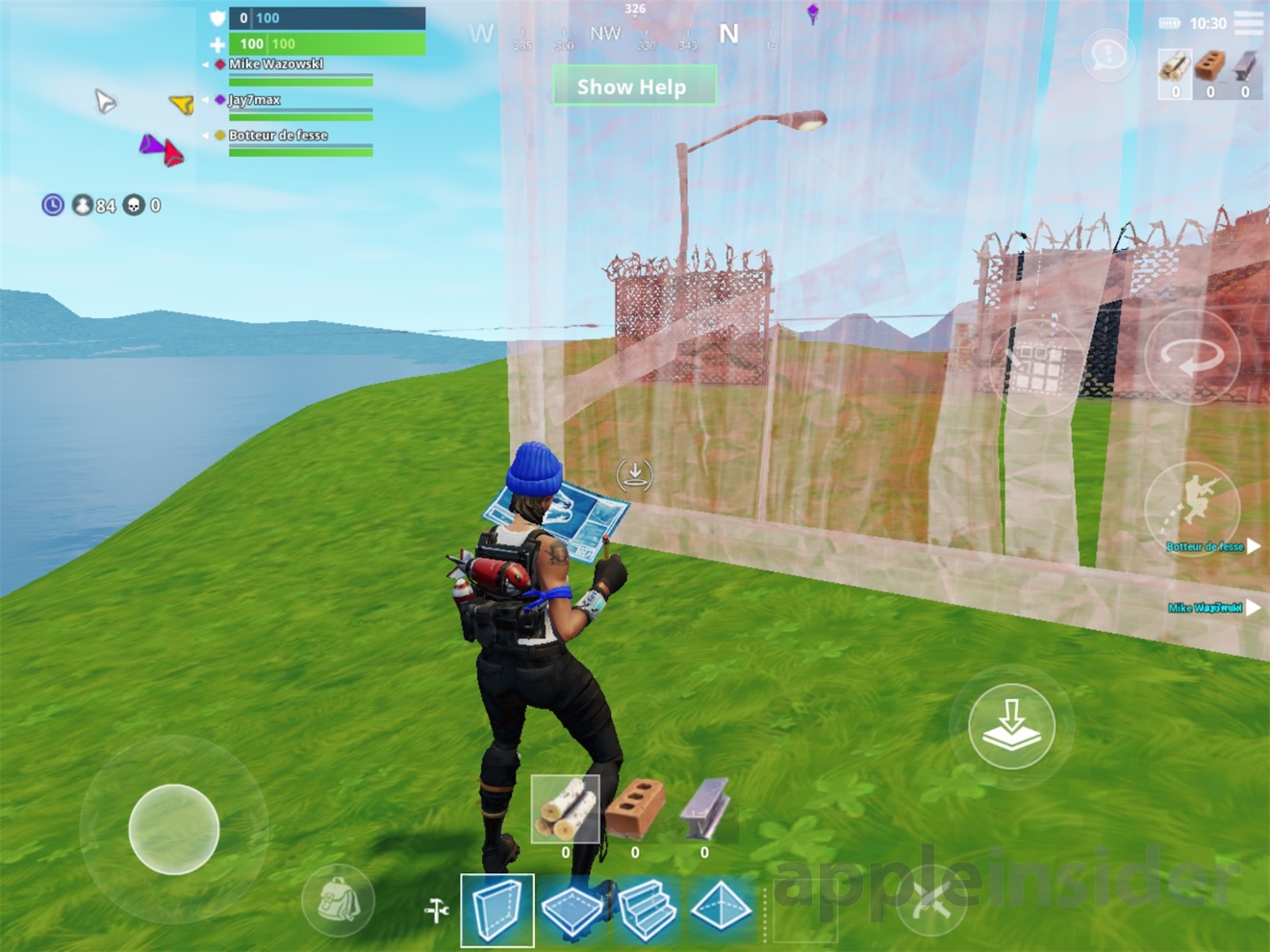
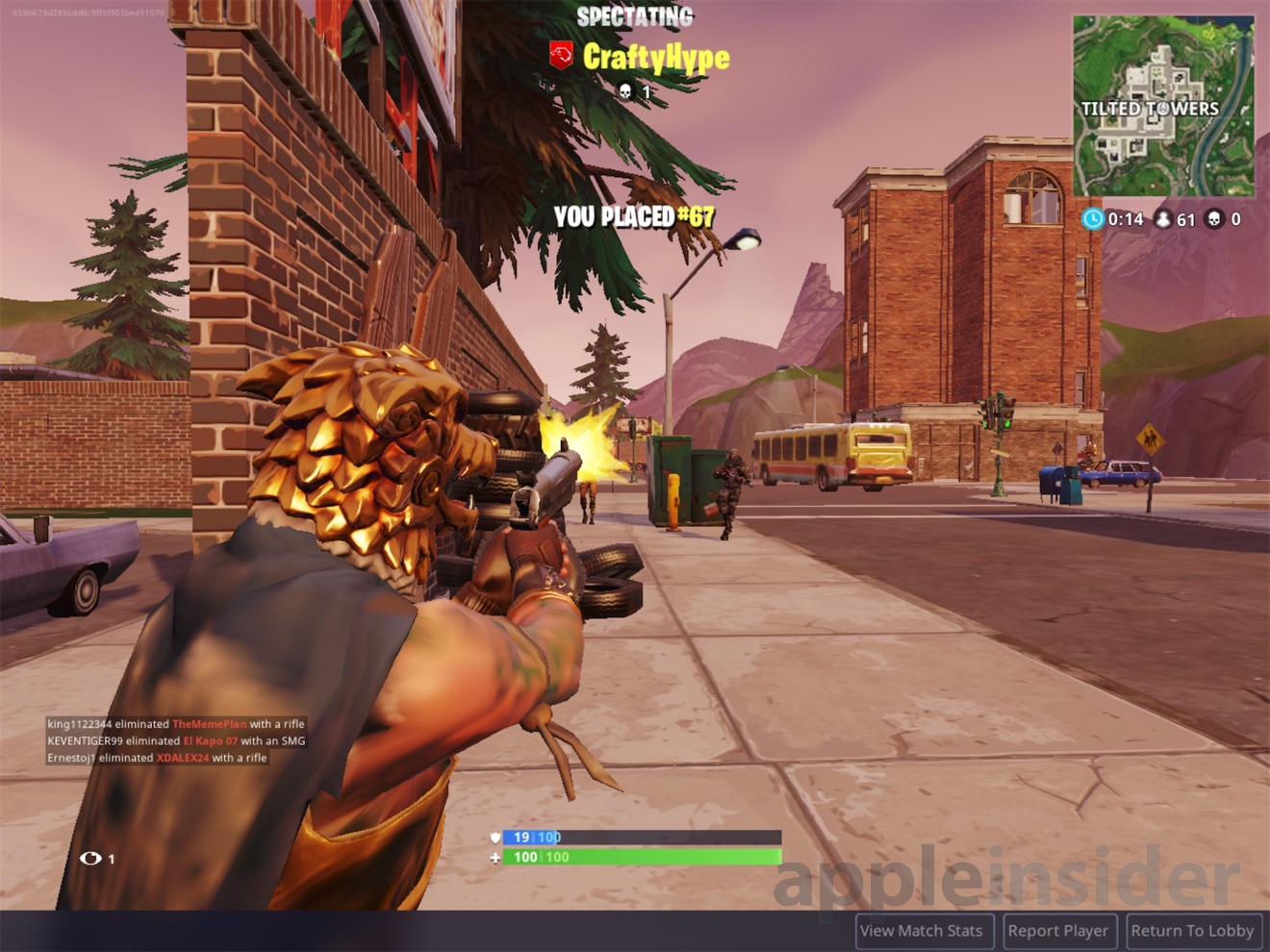
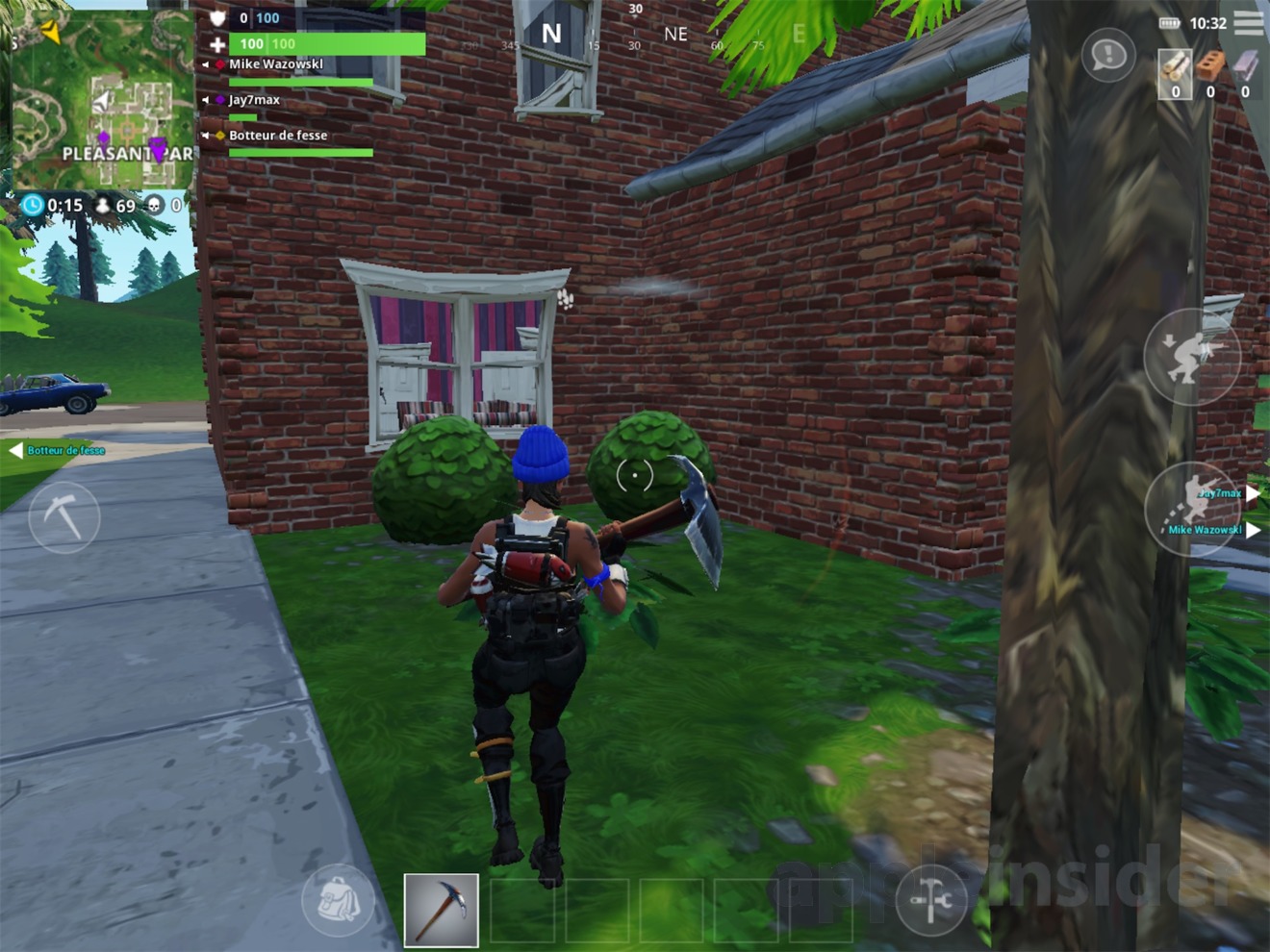
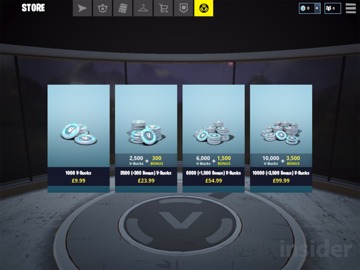
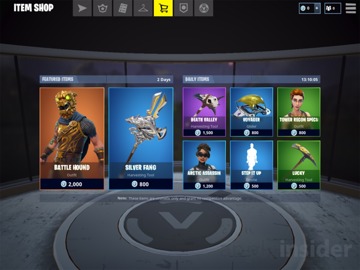







-m.jpg)






 Christine McKee
Christine McKee
 Chip Loder
Chip Loder
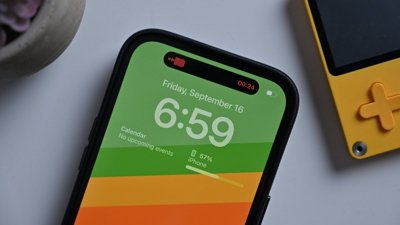
 Marko Zivkovic
Marko Zivkovic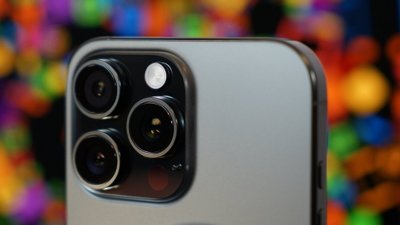
 Wesley Hilliard
Wesley Hilliard
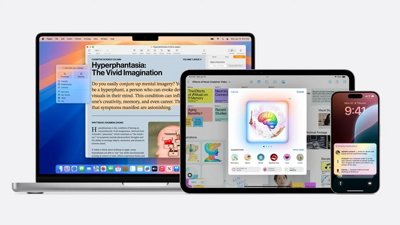

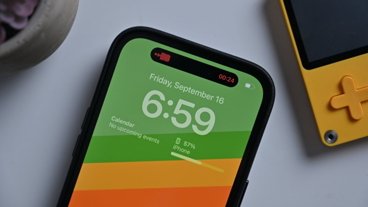

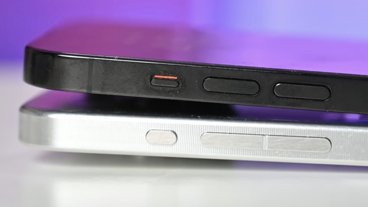


-m.jpg)




6 Comments
So....when does this arrive on Apple TV with controller support?
Even though I don't play games like Fortnite or PUBG, it's cool to see them coming out for iOS and working so well technically. That seems like it would bode well for more PC and console style games making the jump to the platform.
This is a brilliant move for marketing. I am used to seeing kids be on their phones in school, they look like zombies walking down the hall, walking slowly with a slight gait as they exist in two worlds at once. Now, more than ever before, I have seen kids who are usually responsible with their devices suddenly end up in the back of classes playing this game. Their educational projects are now filled with Fortnight references, and there is little thought being put into other mental faculties.
I am content with the fact they are enjoying themselves, but this will unfortunately be the downfall of cellphone use during school hours. I can foresee schools looking into jamming equipment after an older generation of conservative politicians legalize signal jamming during school hours. California has been actively looking for solutions with the service providers to block usage of students during school hours before Fortnite came out on cellphones.
I am happy the business is doing well, but I am concerned about the future of cellphone service if this continues. It does boil down to parents being made aware of this behavior and confiscating phones, and I am going to be a part of that, but as a business move, this could set into motion a series of events that could harm the industry of gaming and cellphones to a certain degree.
Hey, cool comprehensive review. Looking forward to checking it out, when the game comes out in my country. For now, I've been playing Shadowgun Legends, it is really cool.
Are you gonna review it?